
Do you have a question about the Subaru Vehicle and is the answer not in the manual?
| Brand | Subaru |
|---|---|
| Model | Vehicle |
| Category | Automobile |
| Language | English |
Details on vehicle keys, including master, valet, and mechanical keys.
Procedures for operating doors and trunk lid using keyless access or mechanical key.
How to adjust front and rear seats, head restraints, steering wheel, and mirrors.
Operation of power windows and the window lock switch.
Step-by-step guide for opening the fuel tank cap and refueling.
Details on the engine immobilizer system, theft prevention labels, and alarm.
Crucial safety advice regarding driving posture, SRS airbags, and child restraint systems.
Essential steps for starting, driving, stopping, and parking the vehicle safely.
Explanation of gauges, meters, and multi-information display on the instrument panel.
How to operate headlights, fog lights, and windshield wipers/washers.
Information on cruise control and driving assist systems like ABS and VSC.
Guidance on cargo, load limits, towing, winter driving, and tire chains.
Operation of manual and automatic AC systems, and defogging windshield and windows.
Connecting portable audio devices via AUX/USB ports for playback.
Information on interior lights, illuminated entry, and light reminder buzzer.
Details on using the glove box, bottle holders, and cup holders.
Information on sun visors, vanity mirrors, clock, power outlets, and seat heaters.
Procedures for cleaning and protecting the vehicle's exterior and interior.
General maintenance checks for engine compartment, vehicle interior, and exterior.
DIY guidance on checking fluids, tires, fuses, bulbs, and battery.
Basic information on hazard flashers, towing, and identifying vehicle issues.
Procedures for handling warning lights, flat tires, engine problems, and getting unstuck.
Details on dimensions, engine, fuel, lubrication, cooling, ignition, electrical, differential, and transmission.
Overview of features that can be personalized by the owner or dealer.
How U.S. owners can report vehicle safety defects to NHTSA.
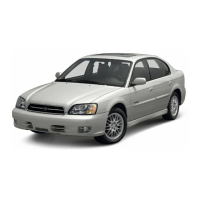
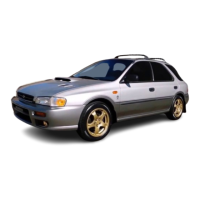
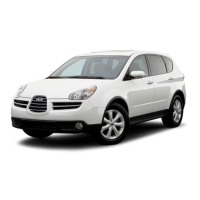
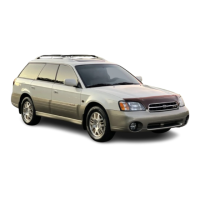
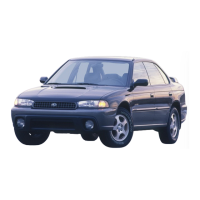
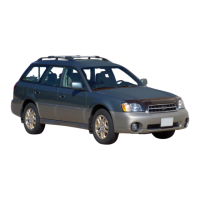
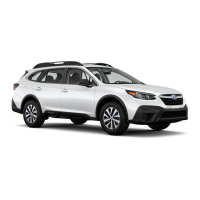
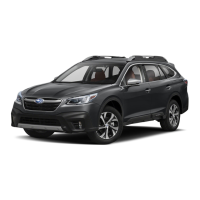
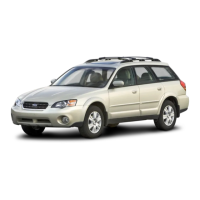
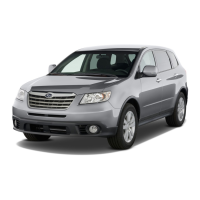
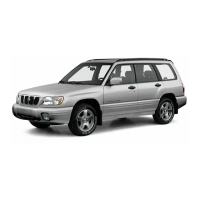
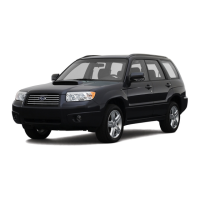
